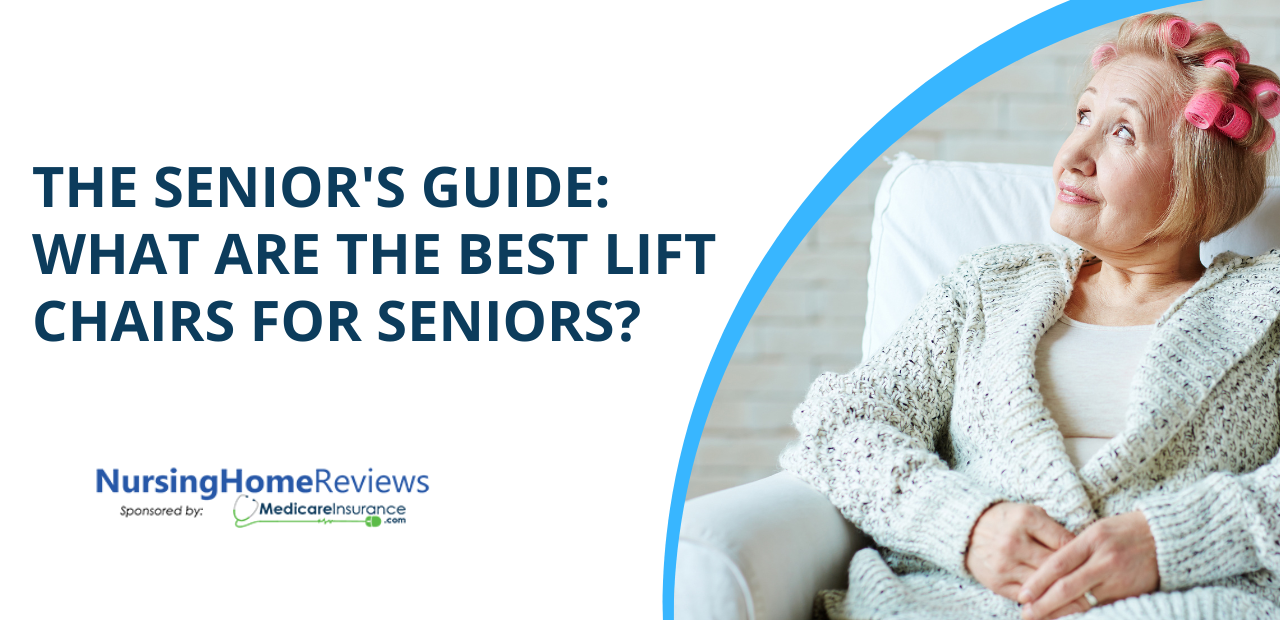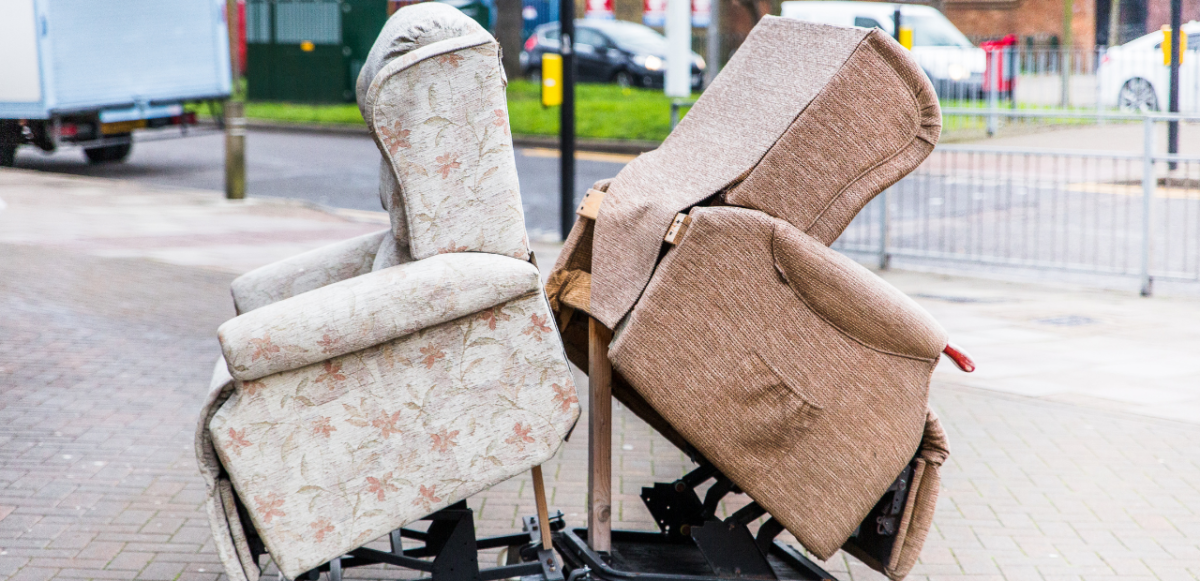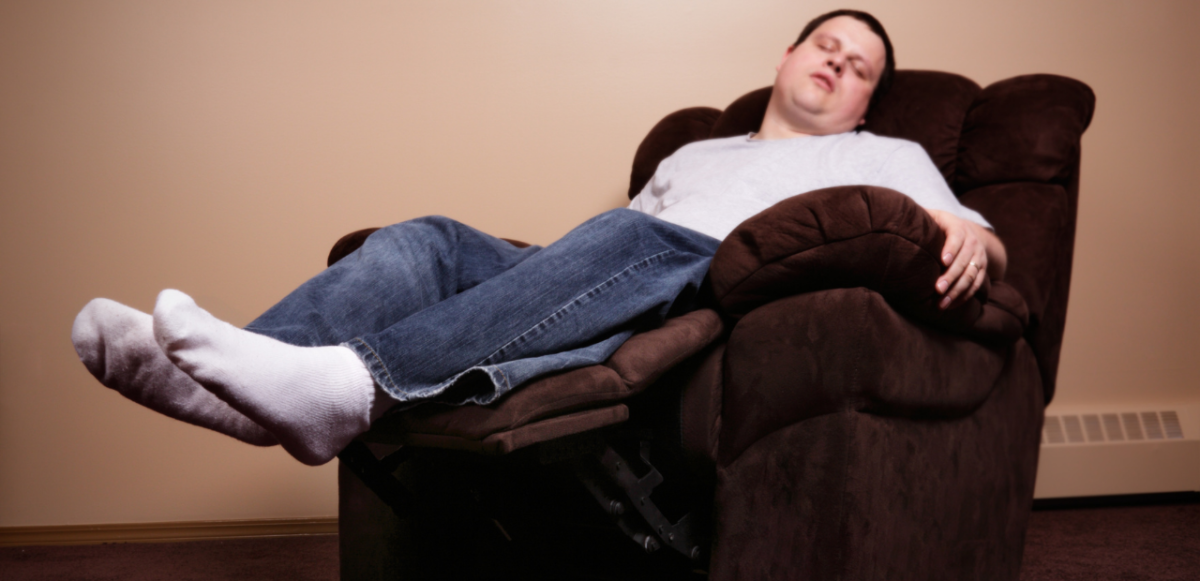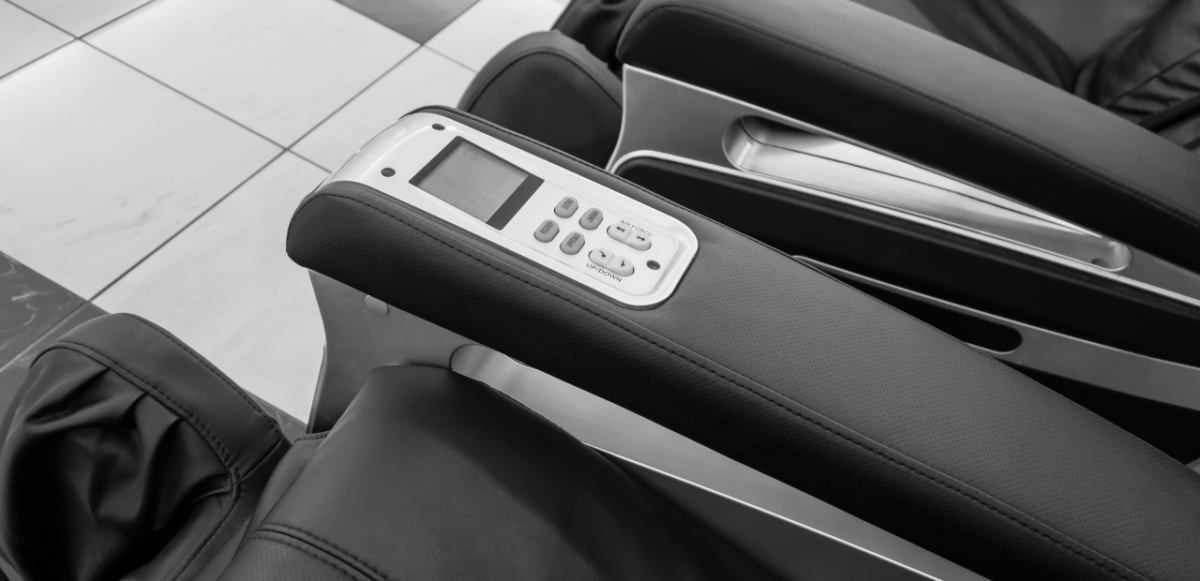
Is your Recliner Feeling Clingy Lately?
Have you ever sat down in a chair that just does not want to let you go? You sink in, get comfortable, and when the time comes to stand up you just… can’t? While this sort of thing can happen to anyone in a saggy enough seat, it becomes a common conundrum for people with limited mobility. Anyone with poor lower body strength and balance problems, which become more common with age, can find standing up to be a struggle. That’s where a lift chair can help.
We’re not talking about those devices that can help you climb stairs (those are stair lifts). A lift chair is indistinguishable from a recliner at first glance, and many of them even function as reclining chairs. The trick is that in addition to reclining, these chairs can lift into a standing position. This can make standing up and sitting down as easy as shifting your weight, making them perfect for people reliant on walkers or canes for mobility.
Like with any product, picking the best lift chair for seniors requires careful consideration. There are a variety of different options on the market, and finding the right chair requires considering a variety of factors, including how versatile the chair’s reclining positions are, how many extra features you want, and how you plan on paying for the device in the first place. In the latest entry of our Senior’s Guide series, here’s how to pick the best lift chair for seniors.
We can help you find more than just chairs.
Compare nursing homes and assisted living facilities.
Medi-Chair Advantage

Lift chairs are partially covered under Original Medicare and Medicare Advantage, though only when prescribed by a doctor. This coverage, barring any additional benefits offered by a Medicare Advantage plan, only applies to the chair-lifting mechanism itself, which means any additional features need to be covered out of pocket. If you already have a favorite chair, it’s possible to easily retrofit it with a lifting mechanism, of which Medicare may cover up to 80 percent of. Otherwise, you’ll need to dig into your wallet.
You don’t need a prescription to purchase a lift chair. While they are considered durable medical equipment, there aren’t any regulations on who can purchase one. In fact, some people end up inheriting or purchasing second-hand lift chairs without realizing they’re medical devices at all.
With all of that in mind, knowing what sort of chair you’re purchasing is critical. For the purposes of this article, we won’t be focusing on the retrofit option. While these work great if you already own an armchair you’re comfortable with, it’s a better idea to purchase a dedicated lift chair. New devices are often under warranty and less prone to mechanical failure than second-hand or retrofit devices.
Choosing Chairs

When talking about reclining chairs, of the lifting variety or otherwise, you’ll typically encounter one of three options: two position, three position, and infinite position.
- Two Position: If you’ve ever used a manual recliner, where you pull a lever and the back and legs move in unison, you’ll be familiar with the concept of a two-position recliner. These chairs can shift from a 90-degree sitting position to a 45-degree reclining position, perfect for watching television or reading. The elevated legs are helpful for circulation, but you’re limited to only two seating configurations. These are often the cheapest option, and don’t take up much space.
- Three Position: A three position recliner operates like its two position counterpart, except the back is capable of reclining to an almost flat configuration. This makes it ideal for napping, or for seniors unable to sleep in a bed. However, you still can’t manipulate the back and legs independently.
- Infinite Position: The most expensive option, infinite position chairs have separate motors for the back and legs, allowing them to move independently of one another. They’re also known as zero gravity recliners, as they can be configured into what is known as the “zero gravity posture”: a neutral posture designed by NASA to reduce the strain astronauts experience during lift-off. This can be an extremely comfortable position, but may not be safe for people with certain conditions. Consult your physician before splurging for one of these.
The option you choose is partially based on preference but can be informed by medical conditions. For instance, those unable to sleep in a bed might prefer a three or infinite position chair. Your doctor will offer recommendations based on your needs.
It’s also important to choose the proper upholstery and cushioning, especially if you plan on sleeping in your new lift chair. For instance, while a leather seat makes for a striking conversation piece, it makes for a less than ideal sleeping surface. You’ll be sticking to it on hot days and shivering during cold nights! Instead, try looking for a durable, comfortable, and easy-to-clean fabric like microfiber if you plan on using the chair regularly.
Cushioning is also critical, as different people have different tolerances for cushioning. Pick a chair that is too soft, and you’ll end up with a sore back as you sink into your new seat. Pick one that is too hard, and you might as well be sitting on a rock. As a general rule, heavier people need firmer cushions to be comfortable. Experiment with different options at your local furniture retailer to get an idea of what kind of cushioning you want.
Finally, there’s the matter of how you want to control the chair. Some chairs have integrated controls, while others use wireless remotes. We recommend going for a wired option: it offers the flexibility of a remote without the problems of dead batteries or losing the remote in the curtains. The best lift chair for elderly people is one tailored to their specific needs. There’s no singular correct fit when it comes to DME.
Bells and Whistles

Once we work out the basics, you’ll want to consider the luxuries. Things like cup holders, heated seats, and massage features.
Most luxuries are a simple matter of preference. A seat with a cup holder or a built-in USB port isn’t that functionally different from one lacking those features. However, a chair with built-in massage and heat is an entirely different story.
Massage chairs typically use some combination of rollers, airbags, and vibration to achieve a massage effect. Of the three devices, rollers are the most effective. Airbags are good for squeezing places rollers can’t reach and are often used in conjunction with such devices. Vibration-based massagers, like the kind you might find for sale in big box stores around the holidays, are really more of a novelty. That’s not to say vibration and percussion-based massage don’t have their uses: just that the kind you’d find in a chair isn’t going to give you the benefits you hope for.
A massage chair can reduce muscle tension, lower blood pressure, and promote relaxation. However, there are some associated health risks. Seniors with soft skin, osteoporosis, weak muscles, or circulatory issues can experience severe injury while using a massage chair. The risk is heightened if the chair is not configured properly, or if it does not properly support your weight.
If you are purchasing a lift chair for medical reasons, it’s important to consult with a doctor before using any massage features. Any rollers should also be fully retractable. Unlike a typical massage chair, which is typically only used for massages, a lift chair can become a senior’s most frequently used piece of furniture. Those rollers might feel nice as they relax your knotted muscles, but they’re not going to feel so good jammed into your back while you try to nap.
Massages are also meant to be an occasional treat, especially for people with health issues. Overusing a massage chair, especially on higher settings, can lead to fatigue and injury. Always use the device as directed by a physician, and stop if you begin feeling pain.
Heated seats are another potentially risky luxury. While they’re a blessed relief during colder months, repeated exposure to a concentrated source of heat can lead to a condition called erythema ab igne (EAI). This condition results in painful, itchy burns that can go unnoticed until a change in pigmentation occurs. This condition is mild and unlikely to cause serious complications, but that’s not the worst that can happen.
If you’ve ever tried cooking sous vide, you’ll know that exposing things to low temperatures for an extended period of time is a surprisingly effective way to cook things. Unfortunately, this also applies to heating elements. Individuals with paralysis or reduced sensation should not use any device with a built-in heating element, even if they never intend to turn it on.
Prolonged exposure to heat can result in third-degree burns. Even if you do have full sensation, falling asleep while exposed to heating elements can result in dehydration as your body tries to cool itself. When choosing between lift chairs for elderly family members, look for a seat that has a built-in thermostat and automatic shutoff: the device will automatically switch off if it rises above a certain temperature, allowing you to keep things in a safe and comfortable range.
Find a nursing home with all the bells and whistles you want.
Check ratings and violations.
Making informed decisions is important. That’s why we offer a tool for comparing nursing homes and assisted living facilities, with up to date reviews, ratings, and violations. Whether you’re choosing a place to live or a new piece of tech, we’re here to help. Enter your zip code to begin your search!





